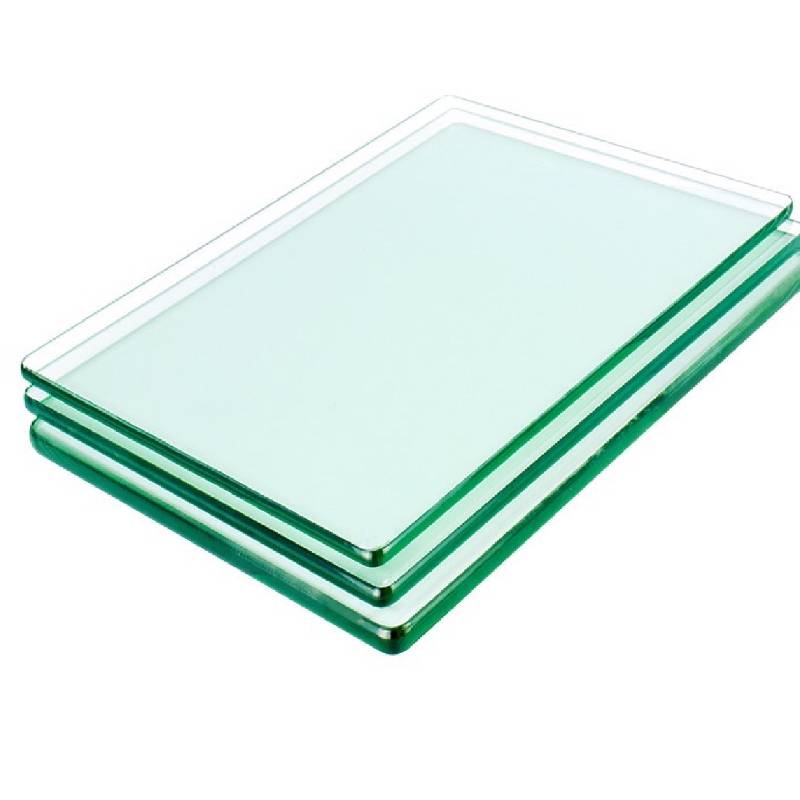The Elegance and Functionality of Designer Tempered Glass
In the realm of modern architecture and interior design, tempered glass has emerged as a quintessential material that combines both elegance and functionality. Its unique properties not only enhance the aesthetic appeal of a space but also provide safety and durability. As designers are increasingly embracing this versatile material, it’s essential to explore the various aspects that make designer tempered glass a preferred choice in contemporary settings.
Tempered glass, also known as toughened glass, undergoes a rigorous thermal treatment process that makes it significantly stronger than standard glass. This process involves heating the glass to high temperatures and then rapidly cooling it, which creates a state of internal tension. As a result, tempered glass is about five times stronger than regular glass of the same thickness, allowing it to withstand substantial impact and thermal shock. This inherent strength makes it an ideal choice for high-traffic areas, such as commercial buildings, where safety is a paramount concern.
One of the most remarkable qualities of designer tempered glass is its ability to be customized. Designers can choose from a vast array of colors, textures, and finishes, allowing for endless design possibilities. Whether it’s a sleek, clear finish for a minimalist aesthetic or frosted glass for added privacy, tempered glass can adapt to any design vision. Furthermore, advancements in technology have enabled the incorporation of patterns and images directly into the glass, offering unique creative opportunities for architects and interior designers.
Beyond its aesthetic versatility, tempered glass contributes to energy efficiency, making it an environmentally friendly choice. The use of insulated tempered glass in windows and facades can significantly reduce energy consumption by providing better thermal insulation. This not only lowers heating and cooling costs for homeowners and businesses but also minimizes the carbon footprint associated with energy use. As sustainability becomes an increasingly important focus in design, incorporating energy-efficient materials like tempered glass is a wise investment for the future.
designer tempered glass
In addition to residential and commercial applications, designer tempered glass is also widely used in furniture and décor. From elegant glass tables to striking glass railings, this material adds a touch of sophistication to any interior. The transparency of tempered glass can create a sense of openness in small spaces, making them appear larger and more inviting. Moreover, when paired with materials such as wood, metal, or stone, tempered glass can create a stunning visual contrast that elevates the overall design.
Safety is another critical aspect where tempered glass excels. In the unfortunate event of breakage, tempered glass shatters into small, blunt pieces rather than sharp shards, significantly reducing the risk of injury. This is particularly important in homes with children and pets, as well as in public spaces where safety regulations are stringent. Additionally, tempered glass can often be combined with laminated glass for enhanced safety and sound insulation, further expanding its application range.
The versatility and durability of designer tempered glass have made it increasingly favored among architects and designers alike. It not only meets the functional needs of a structure but also provides a canvas for creative expression. As trends shift toward more sustainable and visually appealing materials, tempered glass is likely to play a pivotal role in the future of architecture and design.
In conclusion, designer tempered glass stands out as a remarkable material that embodies elegance, strength, and sustainability. Its unique properties make it suitable for a wide range of applications, from breathtaking facades and windows to stylish furniture and interiors. As designers continue to explore innovative ways to incorporate this versatile material, the possibilities are endless, paving the way for a future where beauty and functionality coexist harmoniously. The ever-growing popularity of designer tempered glass is a testament to its fundamental role in contemporary design, reshaping our living and working environments for years to come.
 Afrikaans
Afrikaans  Albanian
Albanian  Amharic
Amharic  Arabic
Arabic  Armenian
Armenian  Azerbaijani
Azerbaijani  Basque
Basque  Belarusian
Belarusian  Bengali
Bengali  Bosnian
Bosnian  Bulgarian
Bulgarian  Catalan
Catalan  Cebuano
Cebuano  Corsican
Corsican  Croatian
Croatian  Czech
Czech  Danish
Danish  Dutch
Dutch  English
English  Esperanto
Esperanto  Estonian
Estonian  Finnish
Finnish  French
French  Frisian
Frisian  Galician
Galician  Georgian
Georgian  German
German  Greek
Greek  Gujarati
Gujarati  Haitian Creole
Haitian Creole  hausa
hausa  hawaiian
hawaiian  Hebrew
Hebrew  Hindi
Hindi  Miao
Miao  Hungarian
Hungarian  Icelandic
Icelandic  igbo
igbo  Indonesian
Indonesian  irish
irish  Italian
Italian  Japanese
Japanese  Javanese
Javanese  Kannada
Kannada  kazakh
kazakh  Khmer
Khmer  Rwandese
Rwandese  Korean
Korean  Kurdish
Kurdish  Kyrgyz
Kyrgyz  Lao
Lao  Latin
Latin  Latvian
Latvian  Lithuanian
Lithuanian  Luxembourgish
Luxembourgish  Macedonian
Macedonian  Malgashi
Malgashi  Malay
Malay  Malayalam
Malayalam  Maltese
Maltese  Maori
Maori  Marathi
Marathi  Mongolian
Mongolian  Myanmar
Myanmar  Nepali
Nepali  Norwegian
Norwegian  Norwegian
Norwegian  Occitan
Occitan  Pashto
Pashto  Persian
Persian  Polish
Polish  Portuguese
Portuguese  Punjabi
Punjabi  Romanian
Romanian  Russian
Russian  Samoan
Samoan  Scottish Gaelic
Scottish Gaelic  Serbian
Serbian  Sesotho
Sesotho  Shona
Shona  Sindhi
Sindhi  Sinhala
Sinhala  Slovak
Slovak  Slovenian
Slovenian  Somali
Somali  Spanish
Spanish  Sundanese
Sundanese  Swahili
Swahili  Swedish
Swedish  Tagalog
Tagalog  Tajik
Tajik  Tamil
Tamil  Tatar
Tatar  Telugu
Telugu  Thai
Thai  Turkish
Turkish  Turkmen
Turkmen  Ukrainian
Ukrainian  Urdu
Urdu  Uighur
Uighur  Uzbek
Uzbek  Vietnamese
Vietnamese  Welsh
Welsh  Bantu
Bantu  Yiddish
Yiddish  Yoruba
Yoruba  Zulu
Zulu 

